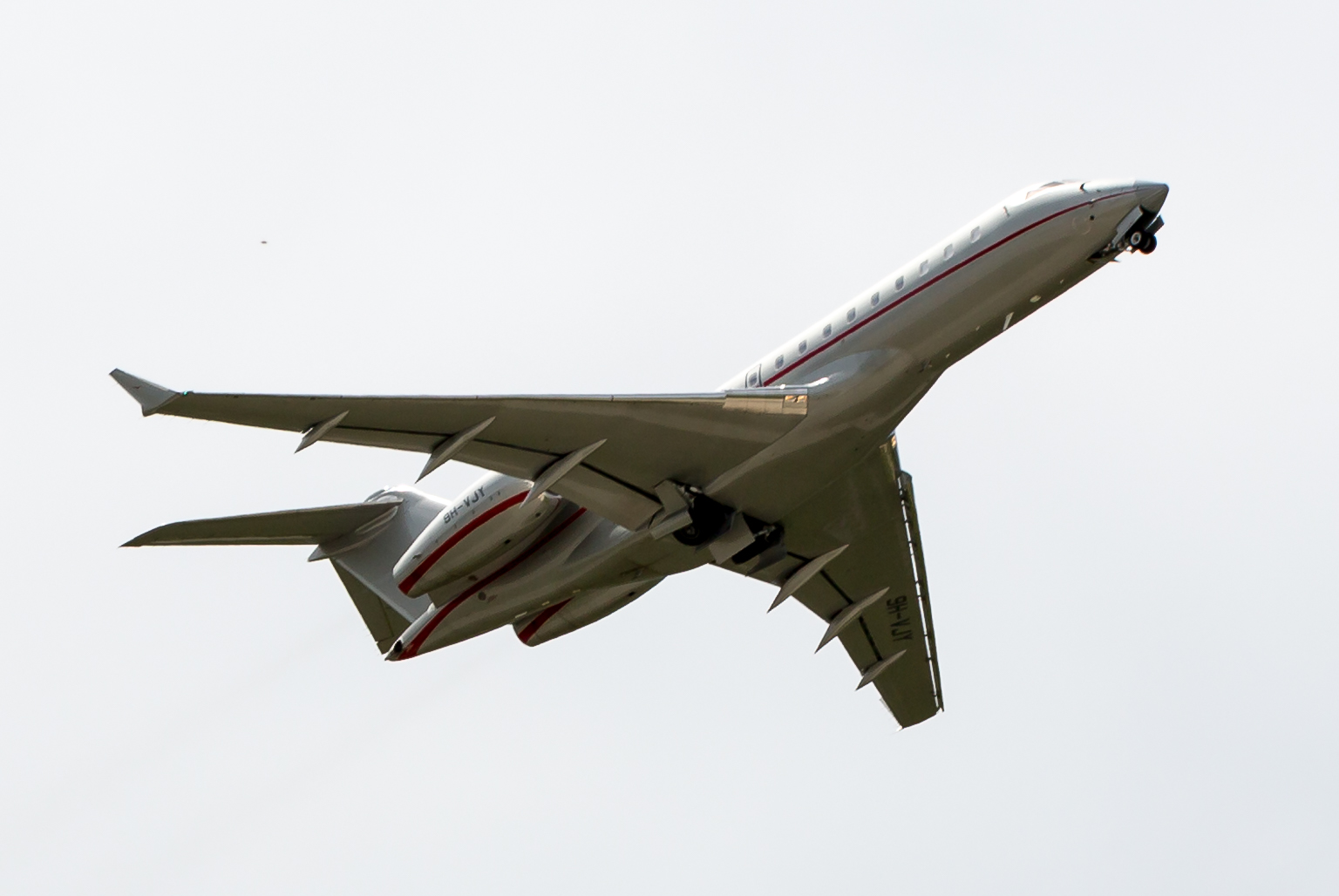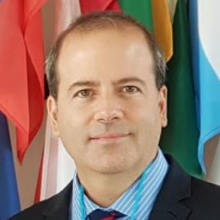The impact of the COVID-19 pandemic on international trade has led to a significant retraction in global commerce. The World Trade Organisation (WTO) estimates that worldwide merchandise trade will fall by up to 32% in 2020. This represents a clear loss to legitimate businesses, but also to organised crime groups (OCGs), who depend on high volumes of global trade to facilitate the illegal trafficking of goods and persons. These criminal networks manipulate the vulnerabilities of licit trade routes, exploiting opportunities to conceal their illegal activity in amongst the high volumes of products and services exchange in an increasingly globalised economy. With the emergence of COVID-19, illicit trade has also been severely affected, especially drug trafficking.
Thus far, illicit drug trafficking actors are responding to low-level supply of drugs through drastic hikes in drug market prices. These price increases, dependent on the substance, range frombetween 100% and 300%, with the price of methamphatamines tripling in New York alongside similar increases to cocaine prices in the United Kingdom. In Argentina, there have been increases of up to 100% in the prices of marijuana imported from the neighbouring state of Paraguay.
As with any business, logistical costs impact the price of the goods and the required business strategy. This is also true of drug trafficking organisations. The adaptability of these organisations is the governing principle of their survival. It is expected that the increase in prices of illicit drugs will birth innovative approaches to transit and reintroduce these substances into the market.
Producing countries will be placed under increasing pressure. Further along the drug transit chain, larger retail markets such as the European Union (with a retail market size estimate of €9.1 billion), will be tested by adaptations of new drug trafficking methods. The cocaine market is likely to be one of the first to adapt to this new reality, modifying its smuggling tactics. One of the most effective, albeit expensive, methodologies for bypassing the controls of law enforcement agencies, port authorities and checkpoints is the use of light aircraft and private jets.
As with any business, logistical costs impact the price of the goods and the required business strategy. This is also true of drug trafficking organisations.
In January 2018, in the town of Farnborough, the UK National Crime Agency (NCA) intercepted a Bombardier Global 5000 jet loaded with more than 500 kilos of cocaine originating in Colombia. To undertake the operation, drug traffickers paid £138,500 and transported millions of pounds on the one-way trip to make payments for the cocaine. With a non-stop range of 8800 kilometres, this aircraft had the necessary autonomy to make the Bogotá-London journey without pausing in transit. Balkan organised crime groups are among other known users of this trafficking methodology, as demonstrated by the ‘Familia’ investigation carried out by Europol and the U.S. Drug Enforcemnet Administration (DEA) to dismantle a cocaine trafficking operation from Latin America to Europe, also involving the use of long-range private Gulfstream V jets.
Notwithstanding these more costly transport options, the majority of criminal organisations opt for slower, smaller aircraft to transport drugs. One pilot is usually sufficient to operate these aircraft, which are typically stripped of any other onboard equipment such as additional seats and emergency equipment to increase fuel capacity and efficiency. These aircraft take off, and land from, short ad hoc airstrips. Their low altitude avoids radar detection.
These aricraft frequently land, or throw out cargo, at pre-established locations with the help of a GPS navigator. Within single-engine aircraft of this type, the most common are the Cessna 150/52/72 and Piper J-3/12/18/24 models. Among the twined engine typegroup, the most common is the Beechcraft King Air series, Piper Cherokee and Seneca as well as the Aero Commander series.
Within Europe, countries targetted as transhipment points receive cocaine from the Americas or Africa whilst simultaneously acting as departure points for cocaine-loaded flights to other recipient countries such as the United Kingdom. In 2016, the NCA apprehended a Dutch-born pilot who had flown from the Netherlands to Rochester in Kent with 22 kilograms of cocaine on board. In December 2016, a British citizen was convicted on drug charges after an investigation found that he flew eight times to the UK from Germany in a light aircraft loaded with cocaine. This activity also takes place in smaller European states, with an estimated 5 to 10 illegal flights per day departing from Albania to Italy, mainly coordinated by groups in the Balkans.
Notwithstanding a 2011 Europol warning of the increase in the use of this medium to smuggle cocaine in Europe, few countries have addressed the danger of this phenomenon. The use of small aircraft for drug trafficking originated in Latin America in the 1980s, with flights to Florida crossing the Caribbean to supply the United States market.
In spite of local efforts in Latin America, this method remains popular. Among the most famous examples is the astonishing 2010 discovery of a Boeing 727 crashed in Mali, which had departed from Venezuela to smuggle cocaine into Europe via Africa. A similar investigation also revealed a Gulfstream II cocaine flight in Guinea-Bissau in 2008.
While large private jets are used for transoceanic flights departing Latin America, small light aircraft are used to transport cocaine from production sites to departure ports and consumption centres. For instance, the completion of northern Argentina radar coverage with AN/TPS 43, AN/FPS-113/90 and locally manufactured RP3DLAP radars, improved that country’s detection capabilities, facilitating the recordingof 40 unauthorised flights per month, mainly inbound from Bolivia.
Bolivia, as a globally relevant cocaine producer, lacks the resources to control its airspace. While a contract was signed with Thales company for the installation of at least four Ground Master-200 S-band ground-based air surveillance radars, these have not yet been installed. Furthermore, interception capability is at least limited with just 4 of 6 advanced Chinese-made K-8 trainers in service to cover the entire country.
In spite of local efforts in Latin America, this method remains popular.
A series of fatal accidents in Mexico during 2019 showed that Colombia’s cocaine air trafficking route to Mexico is increasing. A similar situation can be observed in Brazil, who’s advanced radar system (SIVAM) and volume of interceptor aircraft were insufficient to prevent more than 800 irregular flights from Bolivia and Peru in 2017 alone. In Venezuela, the ‘Cartel de Los Soles’, a criminal organisation named after a group officers and former officers of the armed forces, coordinates shipments of cocaine to Central America using light aircraft.
Against the backdrop of COVID-19, the use of light aircraft poses a growing threat, with incidents likely to increase as organised criminal groups find it harder to traffic narcotics through traditional channels. The use of light aircraft for cocaine trafficking also poses a risk to flight safety, as these flights do not provide flight plans (counterfeit or otherwise), often flying at low altitudes to avoid radar detection. A further danger is the catalytic effect of establishing criminal flight routes which could be exploited by other criminal organisations, such as human traffickers, arms traffickers and terrorists.
Against the backdrop of COVID-19, the use of light aircraft poses a growing threat, with incidents likely to increase.
The United Kingdom has a vast aviation industry with approximately 20,000 light aircraft, more than 3,000 airfields and 47,000 registered pilots. These resources, in and of themselves, pose a considerable challenge to drug trafficking operations. However, some measures may help reduce further this expanding drug trafficking methodology:
- Increased exchange of criminal intelligence with relevant states;
- Involvement in international aeronautical intelligence programs such as AIRCOP and Colibri;
- Upscaling of training provided to local law enforcement agencies to identify possible incidents of air trafficking operations;
- Increase audits on small airfields;
- Increase Airborne Radar Coverage (Airborne Warning And Control System – AWACS) to detect low-flying flights;
- Reduce the number of airfields that can receive flights from foreign countries;
- Implement a Suspicious Operations Reporting (SOR) system among aircraft rental companies and private flights;
- Establish a hotline for reporting suspicious flights in remote locations;
- Improve the exchange of information between the Air Surveillance and Control Systems and law enforcement agencies.
Martin Verrier is a RUSI Associate Fellow and SHOC Member.
Main Image Credit: Matti Blume, via WikiCommons.
The views expressed in this article are those of the author(s) and do not necessarily reflect the views of RUSI or any other institution.



